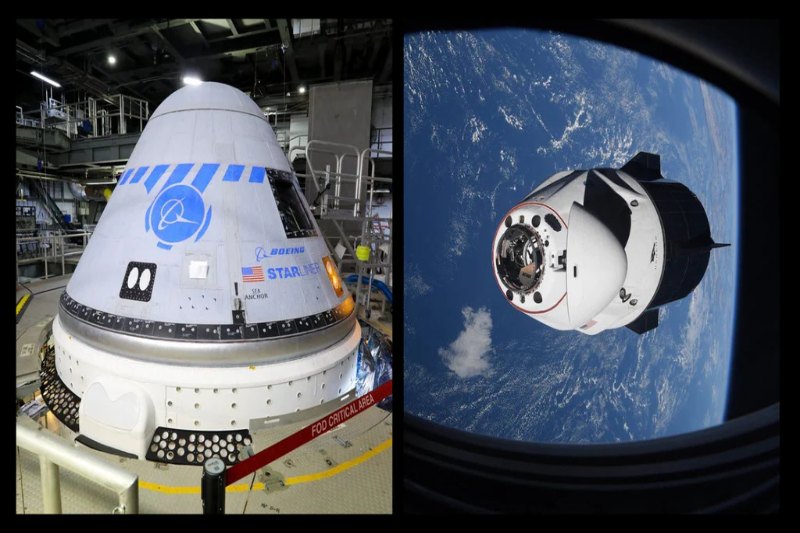Crewed Boeing Starliner Trip to ISS is Delayed Once More

The maiden crewed flight of Boeing’s Starliner capsule was supposed to take place in mid-April after years of delays; however, scheduling issues have caused the mission to be postponed once more. The proposed mission will launch from a United Launch Alliance rocket, carry two astronauts to the International Space Station for a brief stay, and land them back on Earth in one to two weeks.
In 2010, Boeing began work on the Starliner capsule as part of NASA’s Commercial Crew Program, an initiative to collaborate with private companies to enhance NASA’s capabilities. After ten years of delays, the project was finally scheduled to take off for a crewed test flight in April. On Friday, however, news broke that the mission would now take place one month later than planned.
Two days prior to liftoff, NASA declared that the crewed flight would now be “scheduled to launch in early May due to space station scheduling.” NASA astronauts Butch Wilmore and Suni Williams will be traveling on a mission that will see them launch atop a United Launch Alliance rocket to the International Space Station (ISS) and spend one to two weeks there before returning to Earth.
The Starliner program has had more significant and systemic problems in the past, even though the most recent delay is the result of administrative reasons. After a test that failed and the engineers were unable to identify the reason for the malfunction, one of the three Starliner capsules was retired. Then, in June 2023, two serious safety concerns were found that resulted in the other two capsules being grounded indefinitely: hundreds of feet of flammable tape had been used to insulate circuitry within the craft, and the tethers linking the module’s parachutes could not withstand the craft’s entire weight.
Fortunately, it appears that these engineering and technological problems have been fixed.
But even if all goes as planned in May, Boeing’s hopes for success with the Starliner program would not have been realized. SpaceX’s Crew Dragon capsules are the other private collaboration included in NASA’s Commercial Crew Program, alongside Starliner. Almost exactly four years ahead of Boeing’s planned launch, in May 2020, the Dragon flights became the first private spaceship to take humans to the International Space Station.
However, even if all goes as planned in May, Boeing’s expectations for the Starliner program’s performance will not have been met. SpaceX’s Crew Dragon capsules and Starliner are the two private collaborations established under NASA’s Commercial Crew Program. Almost exactly four years ahead of Boeing’s planned launch, in May 2020, the Dragon flights became the first private spaceship to take humans to the International Space Station.
On March 22, NASA will hold three press conferences regarding the mission to go over the goals and plans for the voyage as well as to speak with astronauts Wilmore and Williams. Live streaming of the conferences will be accessible on NASA+ and the NASA website.